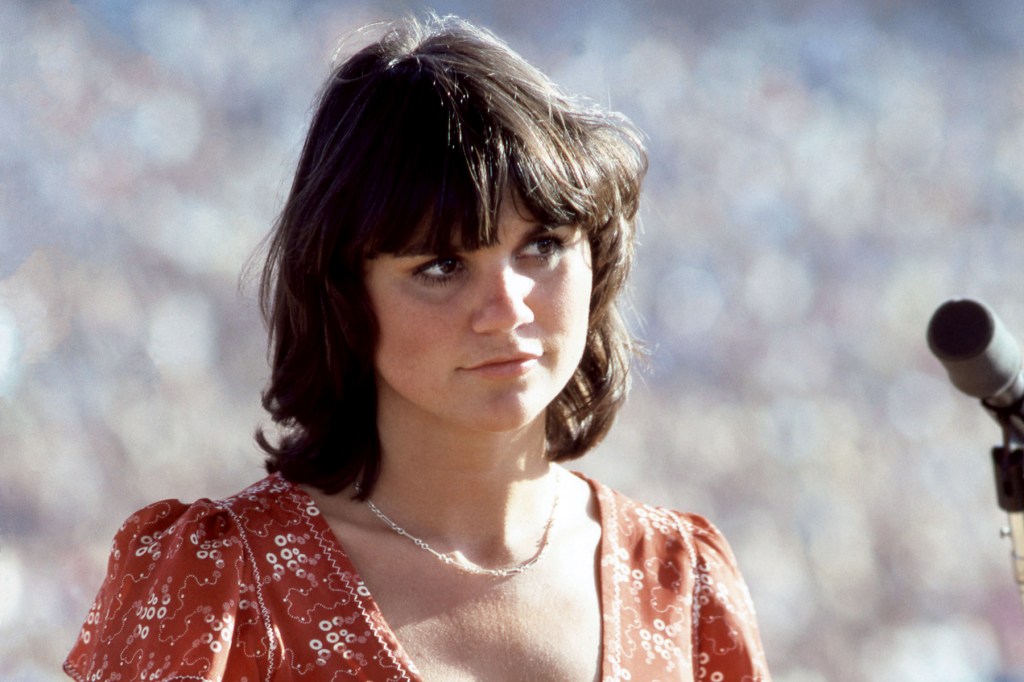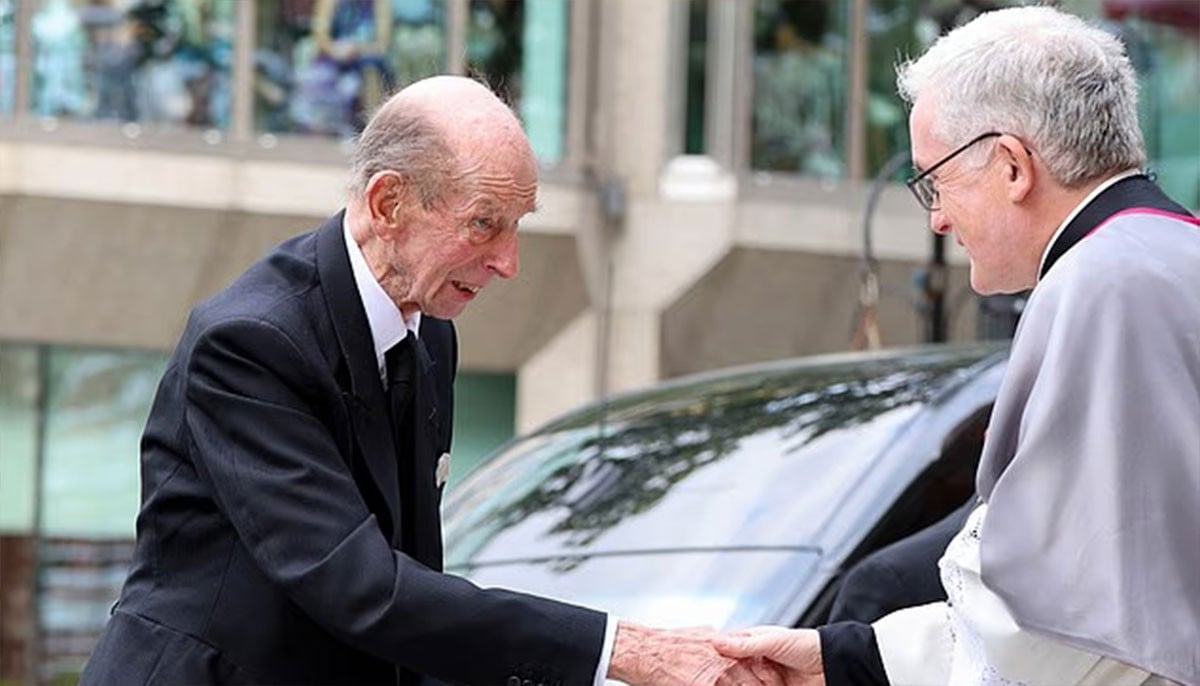This article originally appeared in Insurance Day, September 2025.
It has been a period of significant change for the UK pensions industry, with both the Pensions Regulator (TPR) and the Pensions Ombudsman (TPO) undergoing reforms that will impact how schemes are managed, how disputes are resolved, and how professionals in the industry must operate. This will have implications for the sector’s professional liability insurers.
With the next Budget taking place on November 26 and the government under pressure to improve the country’s finances, further change could be on the horizon.
TPR has set out a new agenda, which seeks to place stronger emphasis on transparency, governance, and long-term value, particularly within defined contribution (DC) schemes. Previously, much of TPR’s attention – often with good reason – has been on defined benefit (DB) schemes. However, to ensure risks with DC schemes are not overlooked, the new Pension Schemes Bill will deliver a number of significant changes.
A new value-for-money framework will require schemes to be more transparent about costs, investment returns and governance. This means that advisers, administrators, and trustees will have to ensure they have adequate reporting in place and demonstrate that schemes are working in members’ interests.
DB scheme rules on accessing surplus funds are being relaxed. Employers and trustees are encouraged to return surplus funds to the beneficiaries, where appropriate. This caused some trepidation around exposing employers and trustees to potential claims, however, the surplus will only be returned if certain safe guards are met. While this could release locked-up value, it also creates new risks that professionals will need to navigate carefully.
The creation of DC “superfunds” is being encouraged, in an attempt to make the UK a more attractive investment option.
The handling of small pensions is being simplified – for example, funds of £1,000 or less will automatically be transferred to the consumer’s largest pension fund.
Increased oversight
An increase in trustee oversight, with TPR suggesting that trustees who fail to comply with rules on scheme loans risk regulatory sanctions. The changes reinforce the expectation that trustees must remain up to date with legal and technical knowledge.
Being able to provide evidence that a trustee has engaged with the updated toolkit, recorded their learnings, and taken steps to apply it in practice, is invaluable in rebutting allegations of inadequate knowledge or failure to discharge their statutory duties.
Not all the changes have been welcomed – the suggestion that schemes will be required to invest part of their funds in private markets has raised concerns about embracing too much risk. For advisers and investment managers, closer scrutiny of portfolio choices will be needed, to ensure that markets are performing as expected.
The Financial Conduct Authority (FCA) has also called for a more proactive approach from the pension industry to provide more targeted retirement advice. The suggestion, which has been supported by TPR, indicates that a greater level of understanding is required from advisers, to ensure that the diverse needs of consumers is being met.
Meanwhile, it has been a long-held view that TPO does not have the resource to deal with the number of complaints received. Consequently, much of TPO’s recent focus has been on improving the service offered. This has resulted in faster determinations and the use of “lead cases” – where industry-wide issues are spotted, and one case is used to determine the outcome for all linked cases.
The ombudsman’s next areas of priority include increasing awareness of its early dispute resolution service; improving its current image (to show that it is fit for purpose); and improving the capabilities of its staff.
Compliance burden
As a result of the changes, advisers should expect increased compliance burdens, with more reporting and governance checks required. There will be a requirement for more careful planning, where larger funds are merged, while a less relaxed TPO could result in more demanding requirements to respond. Better record-keeping and clearer communications will be vital.
The Government has revived the Pensions Commission, which will explore long-term reforms such as wider auto-enrolment and higher contribution rates. Its findings, expected in 2027, could reshape the retirement savings landscape even further.
For pensions professionals and their insurers, the message is clear: regulation is becoming tougher; oversight is increasing, and expectations are rising.
The changes that have taken place – and those anticipated – mean the pensions advisory landscape is shifting perhaps more rapidly than anticipated. Advisers will find themselves faced with new opportunities to expand their offerings and products available to clients but must be conscious not to go too far – or risk facing claims for inappropriate advice.
Pension trustees and advisers must prepare for deeper scrutiny and faster dispute resolution. Those who adapt early will be best placed to navigate the challenges and benefit from the changes ahead.





